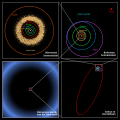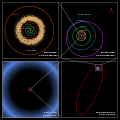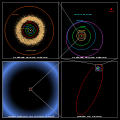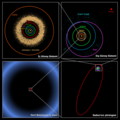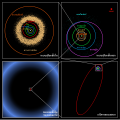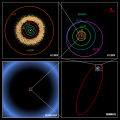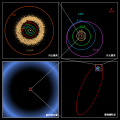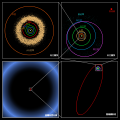চিত্র:Oort cloud Sedna orbit.jpg
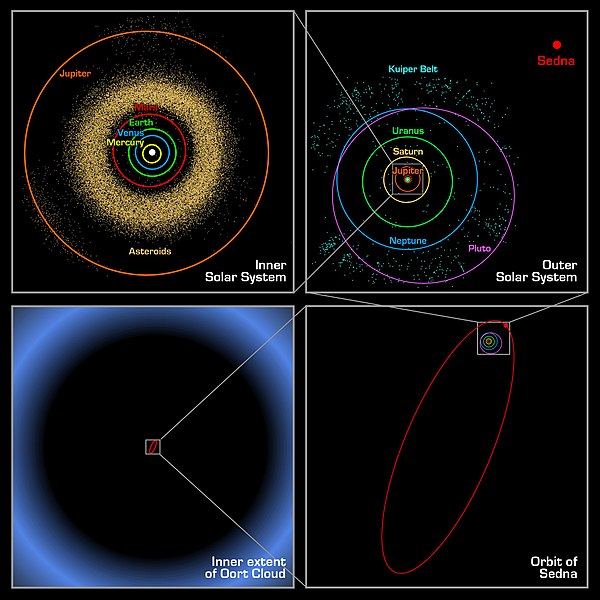
এই প্রাকদর্শনের আকার: ৬০০ × ৬০০ পিক্সেল। অন্যান্য আকারসমূহ: ২৪০ × ২৪০ পিক্সেল | ৪৮০ × ৪৮০ পিক্সেল | ৭৬৮ × ৭৬৮ পিক্সেল | ১,০২৪ × ১,০২৪ পিক্সেল | ২,৪৯৯ × ২,৪৯৯ পিক্সেল।
মূল ফাইল (২,৪৯৯ × ২,৪৯৯ পিক্সেল, ফাইলের আকার: ৫৪২ কিলোবাইট, এমআইএমই ধরন: image/jpeg)
ফাইলের ইতিহাস
যেকোনো তারিখ/সময়ে ক্লিক করে দেখুন ফাইলটি তখন কী অবস্থায় ছিল।
| তারিখ/সময় | সংক্ষেপচিত্র | মাত্রা | ব্যবহারকারী | মন্তব্য | |
|---|---|---|---|---|---|
| বর্তমান | ০৮:৪৮, ১৯ সেপ্টেম্বর ২০০৫ |  | ২,৪৯৯ × ২,৪৯৯ (৫৪২ কিলোবাইট) | Bricktop | larger |
| ০০:০৫, ২৪ মার্চ ২০০৫ | 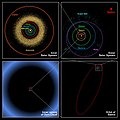 | ৫৭৭ × ৫৭৭ (৪৭ কিলোবাইট) | Smartech~commonswiki | {{PD-USGov-NASA}} |
ফাইলের ব্যবহার
নিম্নলিখিত পাতাটি এই ফাইল ব্যবহার করে:
ফাইলের বৈশ্বিক ব্যবহার
নিচের অন্যান্য উইকিগুলো এই ফাইলটি ব্যবহার করে:
- ba.wikibooks.org-এ ব্যবহার
- bg.wikipedia.org-এ ব্যবহার
- bn.wikipedia.org-এ ব্যবহার
- cs.wikipedia.org-এ ব্যবহার
- da.wikipedia.org-এ ব্যবহার
- de.wikibooks.org-এ ব্যবহার
- el.wikipedia.org-এ ব্যবহার
- en.wikipedia.org-এ ব্যবহার
- en.wikibooks.org-এ ব্যবহার
- es.wikipedia.org-এ ব্যবহার
- fi.wikipedia.org-এ ব্যবহার
- fr.wikibooks.org-এ ব্যবহার
- hu.wikipedia.org-এ ব্যবহার
- id.wikipedia.org-এ ব্যবহার
- is.wikipedia.org-এ ব্যবহার
- it.wikipedia.org-এ ব্যবহার
- kn.wikipedia.org-এ ব্যবহার
- lt.wikipedia.org-এ ব্যবহার
- mr.wikipedia.org-এ ব্যবহার
- ms.wikipedia.org-এ ব্যবহার
- nds.wikipedia.org-এ ব্যবহার
- nl.wikipedia.org-এ ব্যবহার
- oc.wikipedia.org-এ ব্যবহার
- pl.wikipedia.org-এ ব্যবহার
- pms.wikipedia.org-এ ব্যবহার
- pnb.wikipedia.org-এ ব্যবহার
- sh.wikipedia.org-এ ব্যবহার
- simple.wikipedia.org-এ ব্যবহার
- sk.wikipedia.org-এ ব্যবহার
- ur.wikipedia.org-এ ব্যবহার
- vec.wikipedia.org-এ ব্যবহার
এই ফাইলের অন্যান্য বৈশ্বিক ব্যবহার দেখুন।




